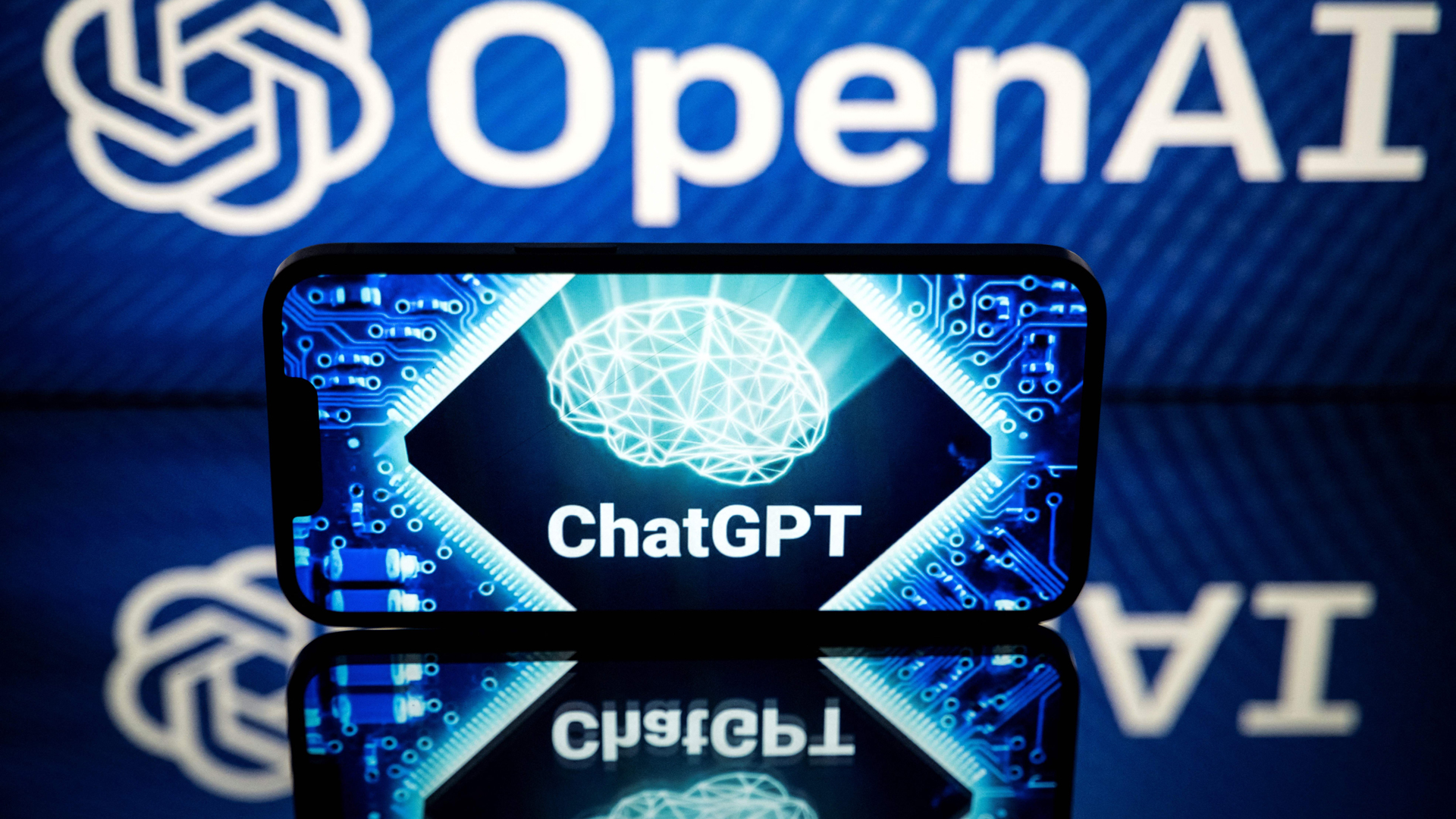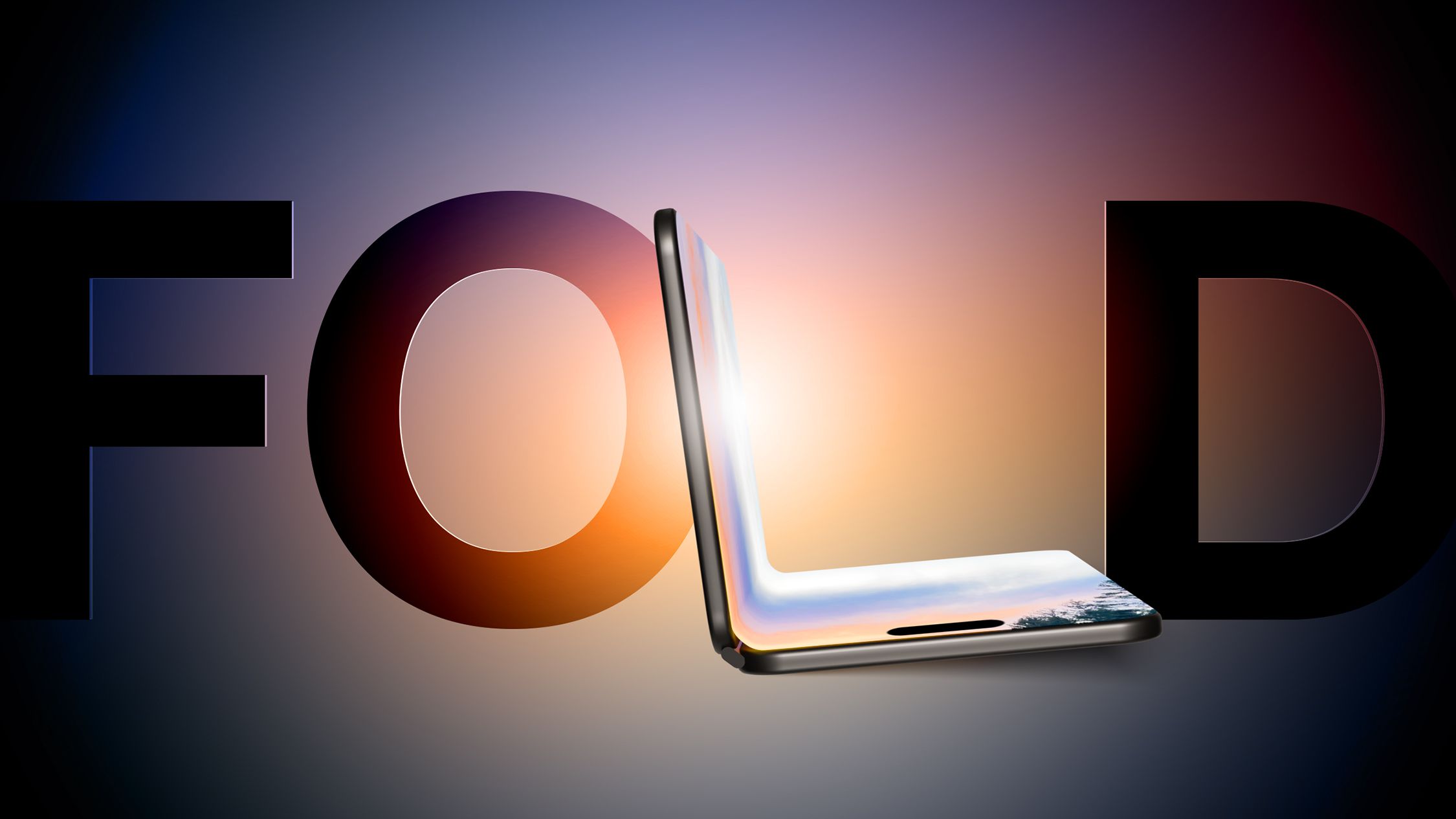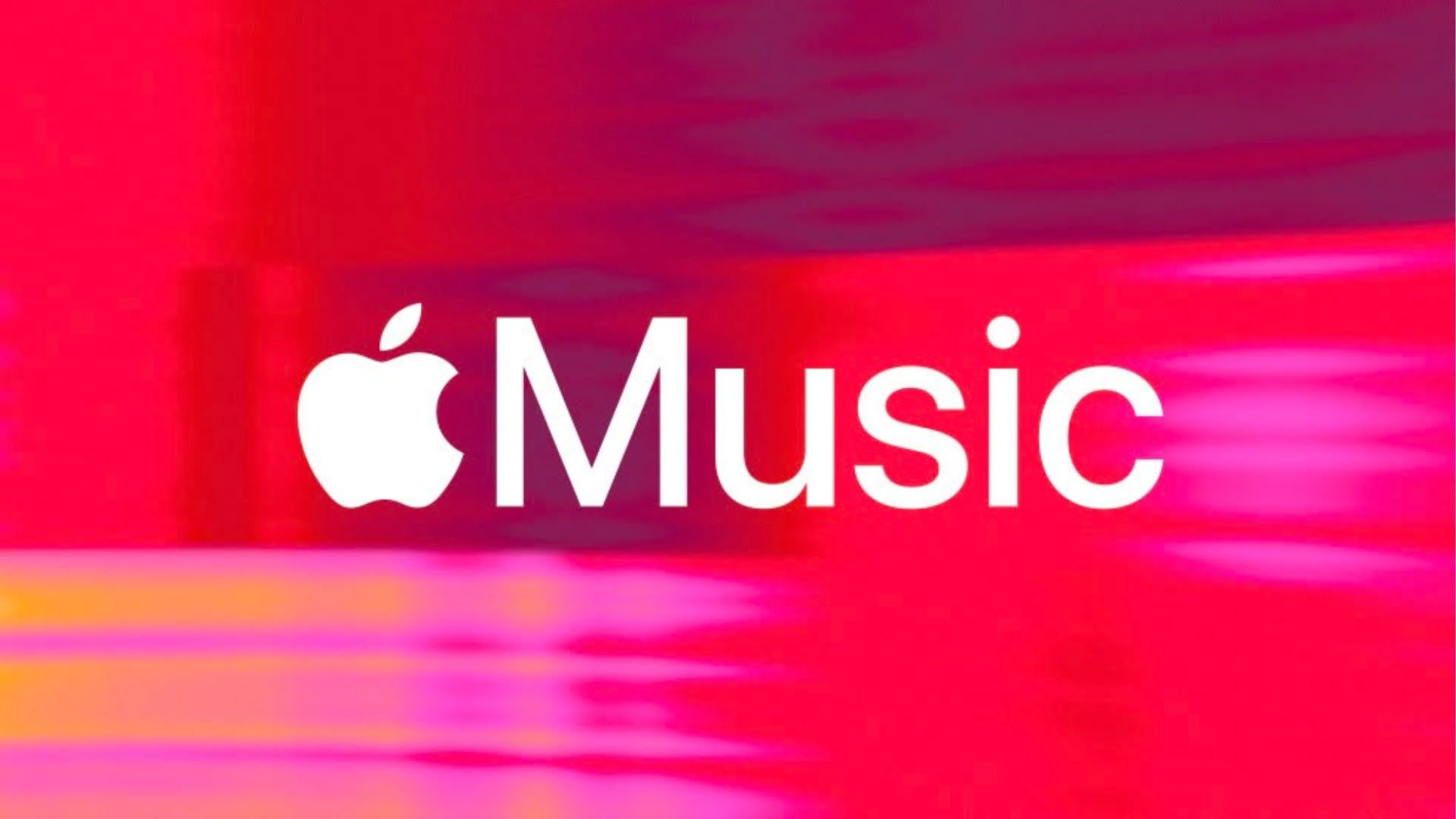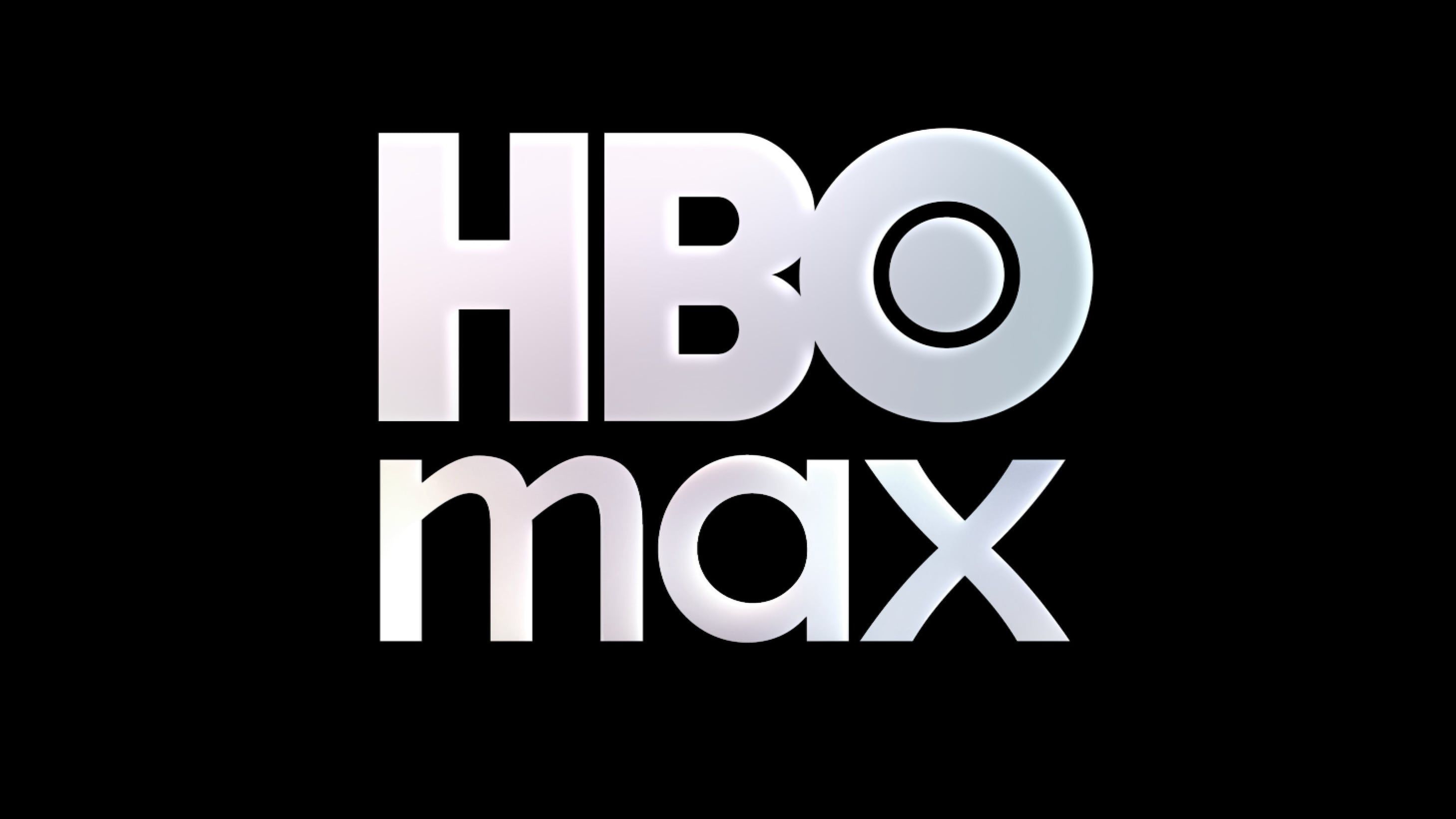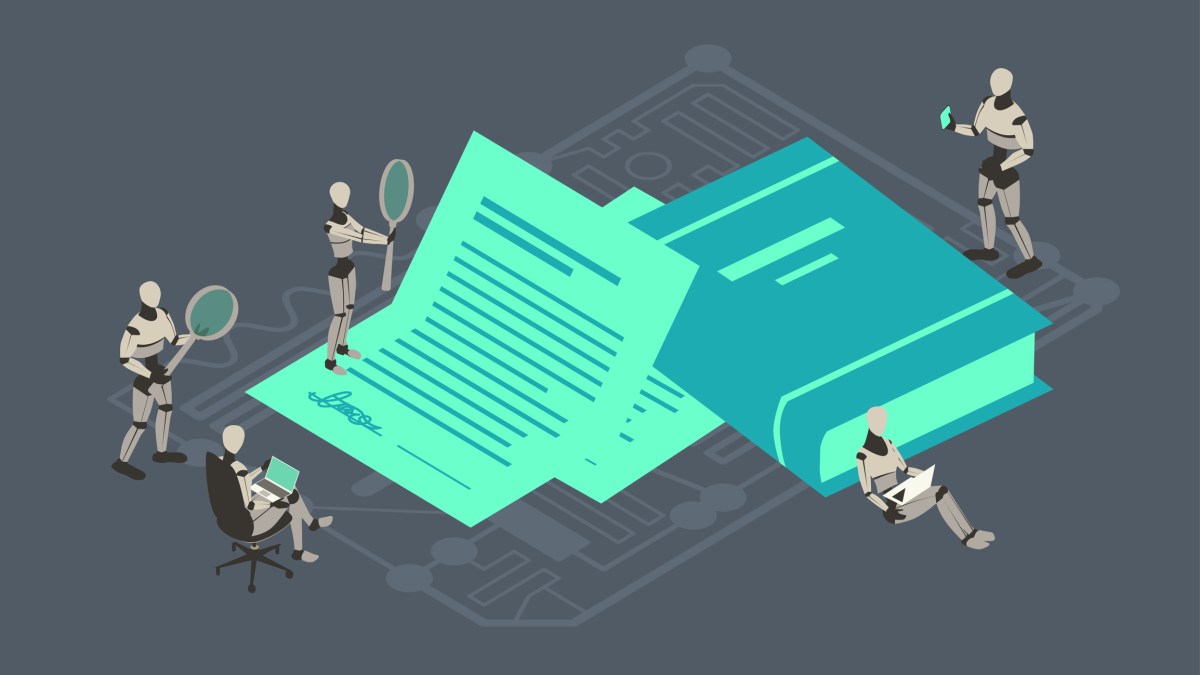Unveiling FreeType License: A Comprehensive Exploration on Developer Fairness and Open Source Sustainability
Abstract This post offers an in‐depth look at the FreeType License—a unique legal instrument in the open source and fair code landscape. We review its historical origins, core concepts, dual licensing potential, and its role in ensuring fair developer compensation. With clear tables, bullet lists, and expert insights, this post discusses challenges, applications, and the future of open source licensing while linking to authoritative resources such as MIT License, GNU GPL, license-token.com, and GitHub License Usage. We also include supplementary perspectives from leading Dev.to posts to ensure a holistic understanding of the subject. Introduction The world of open source software thrives on clear, fair, and accessible licenses. The FreeType License is designed to bridge the gap between permissiveness and fairness—it protects developers while ensuring that their contributions remain transparent and sustainable. In this post, we expand on the original article "Unveiling FreeType License: A Comprehensive Summary, Exploration and Review" by exploring not only its legal and technical aspects but also its evolving role in modern software development and community funding. We will discuss: Background and Context – History, definitions, and the ecosystem. Core Concepts and Features – Detailed focus on the key features of the FreeType License. Applications and Use Cases – Real-world examples where the license promotes sustainability. Challenges and Limitations – Critical technical and adoption challenges. Future Outlook and Innovations – Predictions and blockchain-based innovations for licensing. Background and Context The FreeType License emerged during a transformative period in the open source (OSS) community. Developers were frustrated with traditional licenses that either offered too much permissiveness or imposed excessive legal rigour. This license aimed to balance legal robustness and developer freedom—a balance that many projects find essential. Historically, open source licenses like the MIT License or GNU GPL have served different purposes. The MIT License, for instance, is highly permissive and simple, while the GNU GPL enforces strict copyleft provisions. The FreeType License positions itself midway by addressing ethical concerns such as fair compensation, ensuring that developers are not exploited and their contributions remain duly recognized. This aim aligns with modern themes like fair source software (see fair source software) and evolving compensation models that incorporate blockchain elements. The OSS ecosystem is now witnessing the growing importance of dual licensing and integrated developer funding models. By combining traditional legal frameworks with innovative models—for example, the Open Compensation Token License (OCTL)—projects can maintain community integrity while ensuring adequate rewards. This dual model helps mitigate the risk of exploitation while embracing commercial flexibility. Core Concepts and Features The FreeType License is built on several key ideas that distinguish it from other open source frameworks. Here we break down its fundamental concepts: 1. Legal Clarity and Transparency Clear Language: The license uses plain language to reduce ambiguity, making it accessible for developers without legal expertise. Developer Rights: It emphasizes acknowledgments and fair compensation, ensuring that every contributor’s rights are maintained. 2. Fairness in Developer Compensation Unlike more permissive licenses, the FreeType License integrates concepts of fair code by structuring compensation methods. Developers can benefit from: Structured Donation Models: Encourages voluntary funding. Dual Licensing Strategies: Offers both community-friendly and commercial licensing models. 3. Dual Licensing and Flexibility Dual licensing allows a project to be distributed under the FreeType License for community use while offering a separate commercial license option. The benefits include: Commercial Flexibility: Enterprises can opt for a license that suits proprietary modifications. Sustainable Funding: Projects can generate revenue while keeping open source ideals intact. 4. Blockchain & Future Innovations While the FreeType License traditionally uses manual compensation mechanisms, there is increasing interest in integrating blockchain-based models for: Automated Compensation: Using smart contracts and tokens. Enhanced Transparency: Immutable records of contributions and remunerations. Table: Comparison of FreeType License and Other Licenses License Developer Compensation Legal Clarity Dual Licensing Support Blockchain Integration FreeType Structured donation models; fair compensation Clear and balanced Supports commercial and open options Limited in native support; potential for upgrades MIT License Minimal; relies on donations Very simple and con
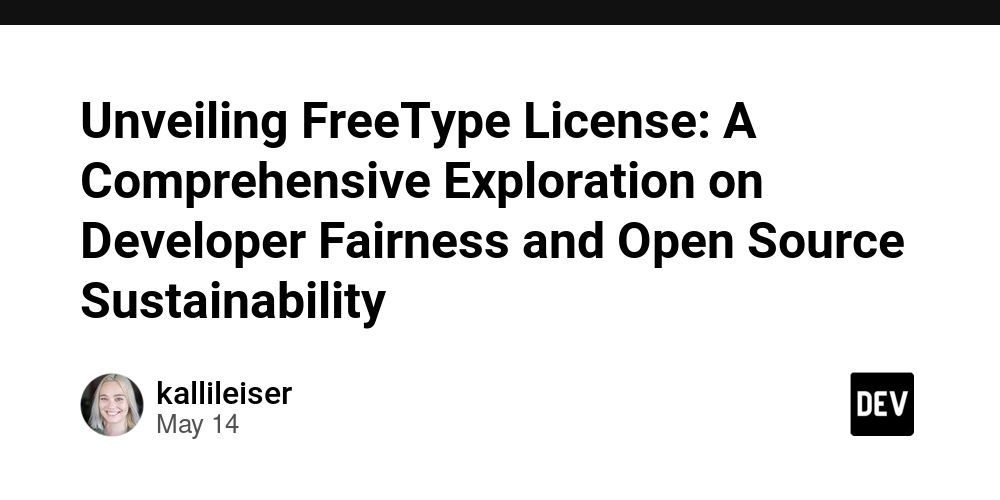
Abstract
This post offers an in‐depth look at the FreeType License—a unique legal instrument in the open source and fair code landscape. We review its historical origins, core concepts, dual licensing potential, and its role in ensuring fair developer compensation. With clear tables, bullet lists, and expert insights, this post discusses challenges, applications, and the future of open source licensing while linking to authoritative resources such as MIT License, GNU GPL, license-token.com, and GitHub License Usage. We also include supplementary perspectives from leading Dev.to posts to ensure a holistic understanding of the subject.
Introduction
The world of open source software thrives on clear, fair, and accessible licenses. The FreeType License is designed to bridge the gap between permissiveness and fairness—it protects developers while ensuring that their contributions remain transparent and sustainable. In this post, we expand on the original article "Unveiling FreeType License: A Comprehensive Summary, Exploration and Review" by exploring not only its legal and technical aspects but also its evolving role in modern software development and community funding.
We will discuss:
- Background and Context – History, definitions, and the ecosystem.
- Core Concepts and Features – Detailed focus on the key features of the FreeType License.
- Applications and Use Cases – Real-world examples where the license promotes sustainability.
- Challenges and Limitations – Critical technical and adoption challenges.
- Future Outlook and Innovations – Predictions and blockchain-based innovations for licensing.
Background and Context
The FreeType License emerged during a transformative period in the open source (OSS) community. Developers were frustrated with traditional licenses that either offered too much permissiveness or imposed excessive legal rigour. This license aimed to balance legal robustness and developer freedom—a balance that many projects find essential.
Historically, open source licenses like the MIT License or GNU GPL have served different purposes. The MIT License, for instance, is highly permissive and simple, while the GNU GPL enforces strict copyleft provisions. The FreeType License positions itself midway by addressing ethical concerns such as fair compensation, ensuring that developers are not exploited and their contributions remain duly recognized. This aim aligns with modern themes like fair source software (see fair source software) and evolving compensation models that incorporate blockchain elements.
The OSS ecosystem is now witnessing the growing importance of dual licensing and integrated developer funding models. By combining traditional legal frameworks with innovative models—for example, the Open Compensation Token License (OCTL)—projects can maintain community integrity while ensuring adequate rewards. This dual model helps mitigate the risk of exploitation while embracing commercial flexibility.
Core Concepts and Features
The FreeType License is built on several key ideas that distinguish it from other open source frameworks. Here we break down its fundamental concepts:
1. Legal Clarity and Transparency
- Clear Language: The license uses plain language to reduce ambiguity, making it accessible for developers without legal expertise.
- Developer Rights: It emphasizes acknowledgments and fair compensation, ensuring that every contributor’s rights are maintained.
2. Fairness in Developer Compensation
Unlike more permissive licenses, the FreeType License integrates concepts of fair code by structuring compensation methods. Developers can benefit from:
- Structured Donation Models: Encourages voluntary funding.
- Dual Licensing Strategies: Offers both community-friendly and commercial licensing models.
3. Dual Licensing and Flexibility
Dual licensing allows a project to be distributed under the FreeType License for community use while offering a separate commercial license option. The benefits include:
- Commercial Flexibility: Enterprises can opt for a license that suits proprietary modifications.
- Sustainable Funding: Projects can generate revenue while keeping open source ideals intact.
4. Blockchain & Future Innovations
While the FreeType License traditionally uses manual compensation mechanisms, there is increasing interest in integrating blockchain-based models for:
- Automated Compensation: Using smart contracts and tokens.
- Enhanced Transparency: Immutable records of contributions and remunerations.
Table: Comparison of FreeType License and Other Licenses
| License | Developer Compensation | Legal Clarity | Dual Licensing Support | Blockchain Integration |
|---|---|---|---|---|
| FreeType | Structured donation models; fair compensation | Clear and balanced | Supports commercial and open options | Limited in native support; potential for upgrades |
| MIT License | Minimal; relies on donations | Very simple and concise | Not inherently designed for dual licensing | None |
| GNU GPL | Enforces contribution; less direct monetization | Verbose; strong copyleft | Rare dual licensing, complex to implement | None |
| Apache 2.0 | Encourages donations; community incentives | Detailed and explicit | Moderate dual licensing possibilities | Some projects add blockchain layers |
| OCTL | Automated, blockchain-powered rewards | High transparency | Explicit commercial options | Fully integrated blockchain solution |
Applications and Use Cases
The FreeType License finds utility in several scenarios. Below are examples highlighting its practical benefits:
Case Study 1: Small-to-Medium Open Source Projects
Many indie projects and startups opt for the FreeType License because of its balance between legal protection and ease of contribution. For example:
- Web Development Projects: Ensuring fair developer treatment and robust legal backing supports sustainable growth.
- Mobile Applications: Smaller teams appreciate clear clauses around derivative works and commercial usage.
Case Study 2: Enterprise-Level OSS Initiatives
Some large-scale initiatives have adopted dual licensing strategies:
- Linux Kernel-Style Projects: Although the Linux kernel primarily uses GPL, projects aiming for a balanced model sometimes incorporate FreeType-like provisions to ensure contributors are fairly compensated.
- Innovative Software Ventures: Enterprises exploring transparent funding models can integrate FreeType licensing clauses to curb exploitation and secure contributions.
Case Study 3: Blockchain-Based Licensing Models
Projects that focus on decentralization and automated compensation find the FreeType License—a model to build upon:
- Decentralized Applications (DApps): Where many projects lean on tokens and blockchain for compensation.
- NFT and Digital Asset Platforms: Incorporating blockchain transparency plays a crucial role in fair open source funding and ensuring a clear audit trail.
Bullet List of Key Use Cases:
- Indie projects seeking fair compensation models.
- Commercial ventures requiring dual licensing options.
- Blockchain-based projects needing transparent developer rewards.
- Enterprise software with a mix of open-source and proprietary components.
Challenges and Limitations
Despite its strengths, the FreeType License faces several challenges:
1. Compatibility Issues
Some developers argue that:
- Mixing with Permissive Licenses: May lead to legal ambiguities.
- Restrictive Clauses: While aiming for fairness, these may sometimes limit the flexibility needed in derivative works or integrations with highly permissive licenses such as MIT.
2. Enforcement and CLA Limitations
- Manual Enforcement: The reliance on legal follow-ups for enforcing fair compensation can be costly and slow.
- Anonymous Contributions: Without robust Contributor License Agreements (CLAs), projects risk uncertainties around code ownership and subsequent liability. This challenge has been a common discussion topic on Stack Overflow Q&A and Hacker News.
3. Blockchain Integration
Although modern trends point towards blockchain-based compensation:
- Native Integration is Limited: The current FreeType License does not seamlessly incorporate blockchain mechanisms. Emerging alternatives like OCTL offer a glimpse of future innovations.
- Complex Transition: Upgrading the traditional legal models to automated smart contracts requires significant changes and consensus within the community.
4. Legal Complexity of Dual Licensing
- Balancing community contributions with commercial demands can result in legal overhead.
- Dual licensing frameworks must be critically reviewed to ensure clarity between two distinct licensing models.
Future Outlook and Innovations
Looking forward, the FreeType License is poised to evolve alongside emerging trends in software funding and legal protection.
1. Blockchain-Based Compensation Models
Integration of blockchain and smart contract technology may result in:
- Automated and Immutable Payment Systems: Developers may receive direct token-based rewards.
- Enhanced Transparency: Public, unalterable records of contributions can improve trust and legal enforcement.
2. Evolving Dual Licensing Strategies
Future trends may include:
- More Seamless Dual Licensing: Balancing open source community needs with proprietary interests.
- Flexible Adaptations: Legal adjustments to account for rapid technological changes in the digital economy.
3. Community Governance Innovations
Inspired by platforms such as GitHub License Usage, developers are likely to:
- Implement robust CLAs and automated enforcement.
- Explore open source transparency tools that merge legal documentation with blockchain-based audits.
4. Increased Relevance in Sustainable OSS Development
The convergence of fair code principles with modern payment systems can transform the landscape:
- Enhanced developer sustainability.
- Higher levels of trust among community stakeholders.
- Greater appeal for enterprise ventures that seek ethical and fair software development practices.
Dev.to Perspectives and Additional References
For a more expansive view on the broader ecosystem, consider reading these insightful Dev.to posts:
- Open Source Funding vs Fair Code NFT Licensing: A Deep Dive – Explores the interplay between fair licensing and modern funding models.
- Leveraging Open Compensation Token License (OCTL): A New Dawn for Open Source Development – Offers insights on blockchain-based funding as a complementary model.
- Exploring Open Source Sponsorship Models – Discusses sustainable funding strategies intersecting with open source ethics.
These resources, along with the original FreeType License summary, offer vital context and technical depth to help you navigate the future of open source licensing.
Summary
In summary, the FreeType License represents a critical evolution in open source and fair code licensing. It bridges traditional legal frameworks with modern developer compensation models, ensuring fair treatment and sustainability. Key points include:
- Legal Clarity and Fairness: With its structured language, the license creates transparency in contributions.
- Dual Licensing Models: It provides a balance between community openness and commercial flexibility.
- Future Innovations: There is great potential in integrating blockchain for automated, secure, and transparent compensation.
- Challenges: Compatibility, enforcement issues, and the complexity of dual licensing remain areas requiring further innovation.
By considering models like the MIT License and GNU GPL alongside emerging alternatives such as OCTL, developers and enterprises can make informed decisions tailored to their project needs.
Key Takeaways:
- The FreeType License is not only about legal protection—it emphasizes ethical and fair compensation.
- Its dual licensing potential offers a flexible approach for both indie and enterprise projects.
- As technology evolves, integrating blockchain and automated enforcement mechanisms may resolve current limitations.
- Continuous community governance and robust contributor agreements (CLAs) help secure the long-term sustainability of open source projects.
By embracing these principles, the FreeType License paves the way for a future where open source development is both innovative and equitable.
Further Reading and Resources
For more details on open source licensing and related innovations, consider reviewing these resources:
- Official FreeType License Text
- Open Source & Fair Code Discussions on Hacker News
- GitHub License Usage and Developer Funding
- Free Software Foundation
- OCTL and Blockchain-Based Licensing
Additionally, for those interested in the future of blockchain integration in open source, check out:
Conclusion
The FreeType License stands as a testament to the evolving nature of open source software licensing. It champions fairness, transparency, and sustainability—all qualities that are vital for modern software development. By understanding its core principles, challenges, and future potential, developers can better leverage open source models that not only spur innovation but also protect the rights and contributions of every individual.
As the digital landscape shifts towards more decentralized and automated models of compensation, the FreeType License offers a blueprint for ethical and financially sustainable open source projects. Whether you are an indie developer, a startup, or a large enterprise, adopting a licensing model that values both technological innovation and human contribution is key to thriving in today’s competitive environment.
By staying informed through authoritative sources and community discussions, such as those highlighted from Dev.to and GitHub License Usage, the future of open source looks promising—one that is secure, fair, and sustainable for all developers involved.
Embrace the evolution in open source licensing—a future where innovation meets equitable developer compensation.

















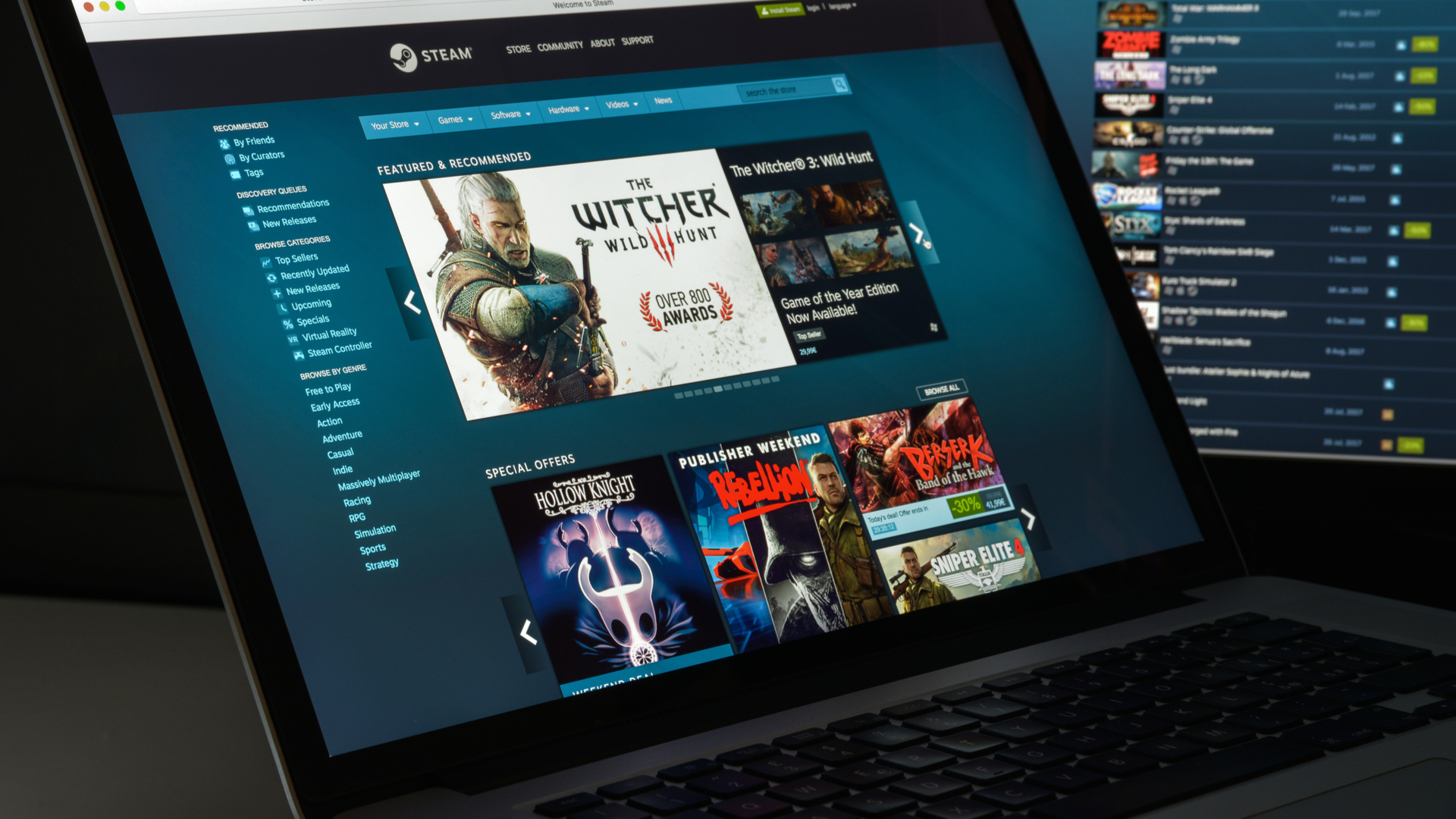

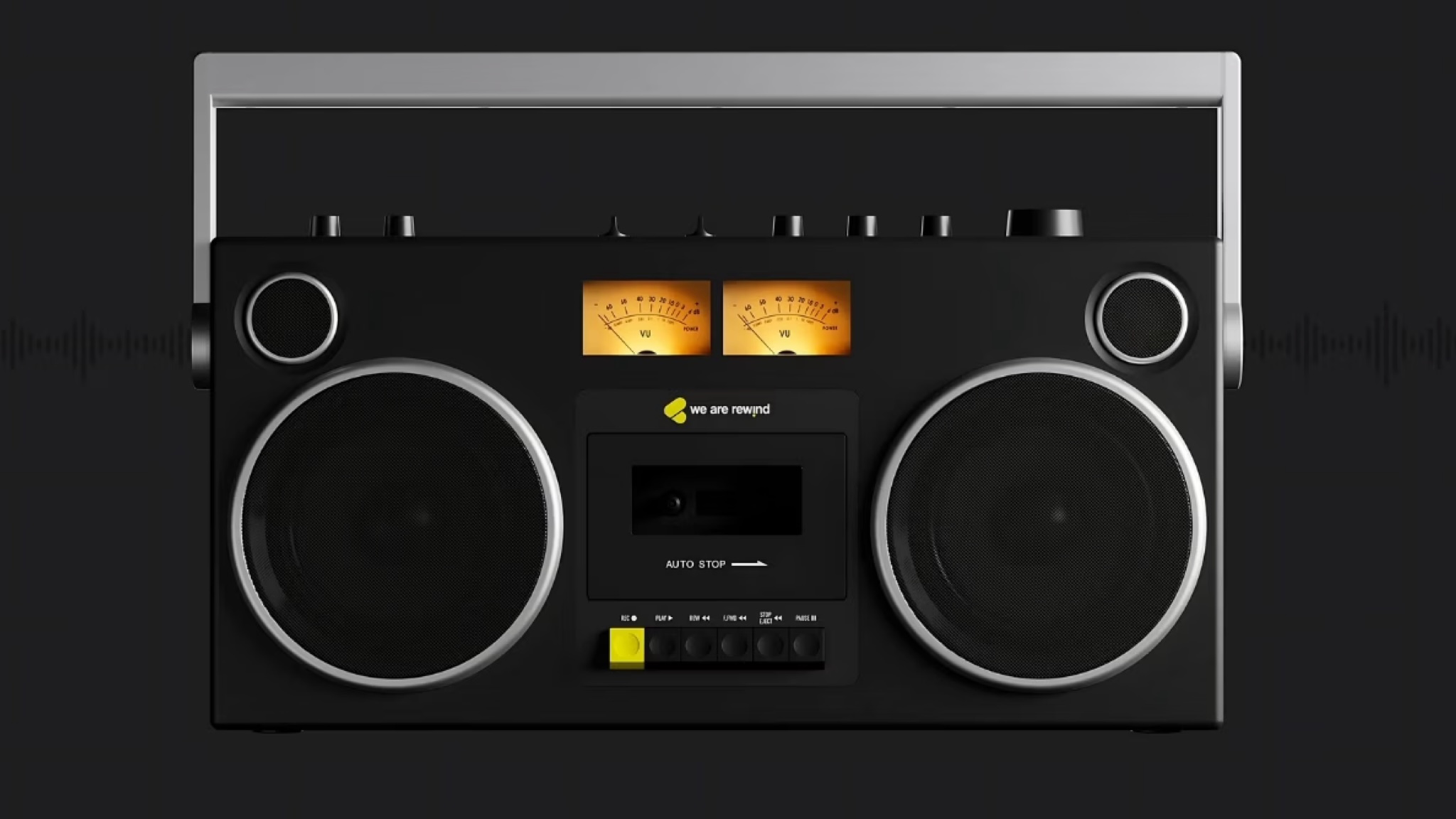
































-Abstract-Background-102024-SOURCE-Thuma.jpg)


















































































































![[The AI Show Episode 147]: OpenAI Abandons For-Profit Plan, AI College Cheating Epidemic, Apple Says AI Will Replace Search Engines & HubSpot’s AI-First Scorecard](https://www.marketingaiinstitute.com/hubfs/ep%20147%20cover.png)

























![How to Enable Remote Access on Windows 10 [Allow RDP]](https://bigdataanalyticsnews.com/wp-content/uploads/2025/05/remote-access-windows.jpg)


















































































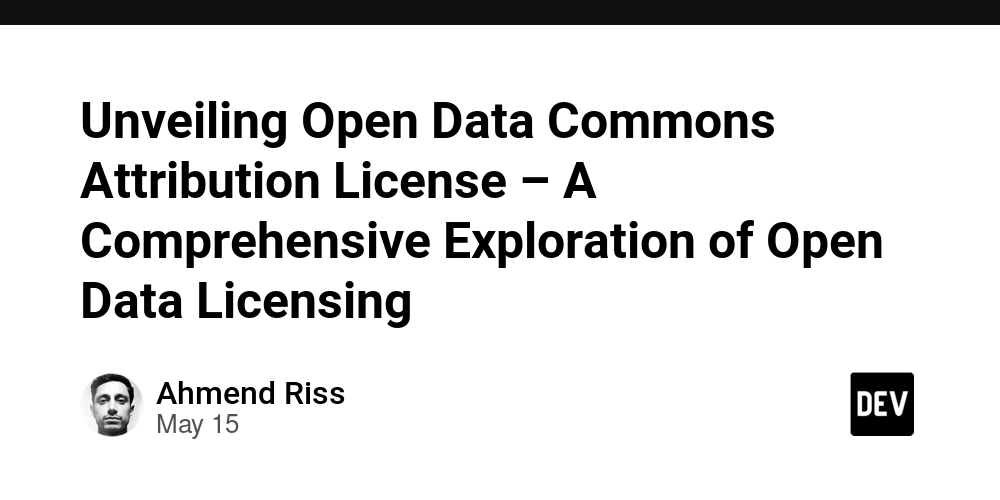



















































































![Legends Reborn tier list of best heroes for each class [May 2025]](https://media.pocketgamer.com/artwork/na-33360-1656320479/pg-magnum-quest-fi-1.jpeg?#)















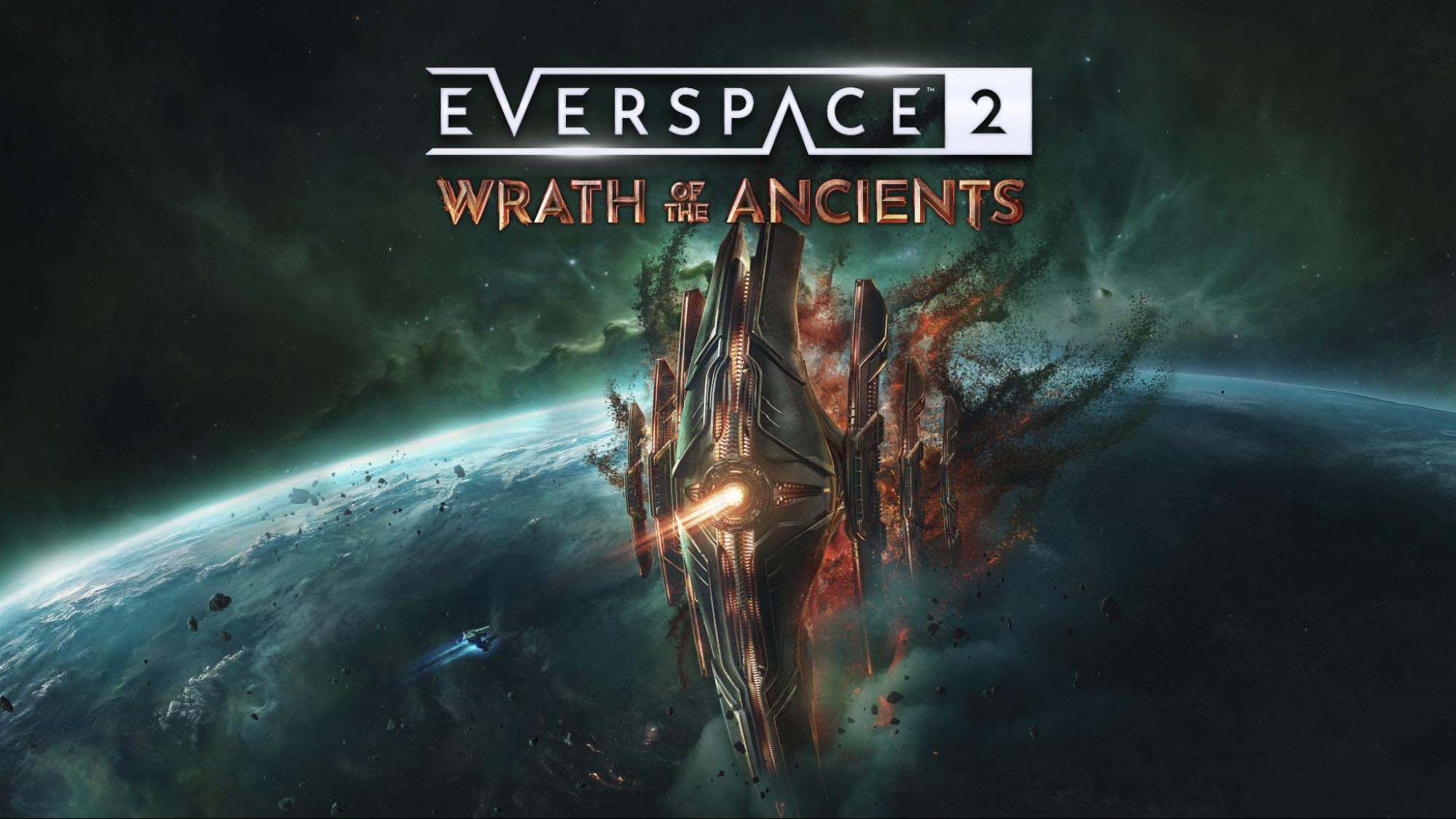





































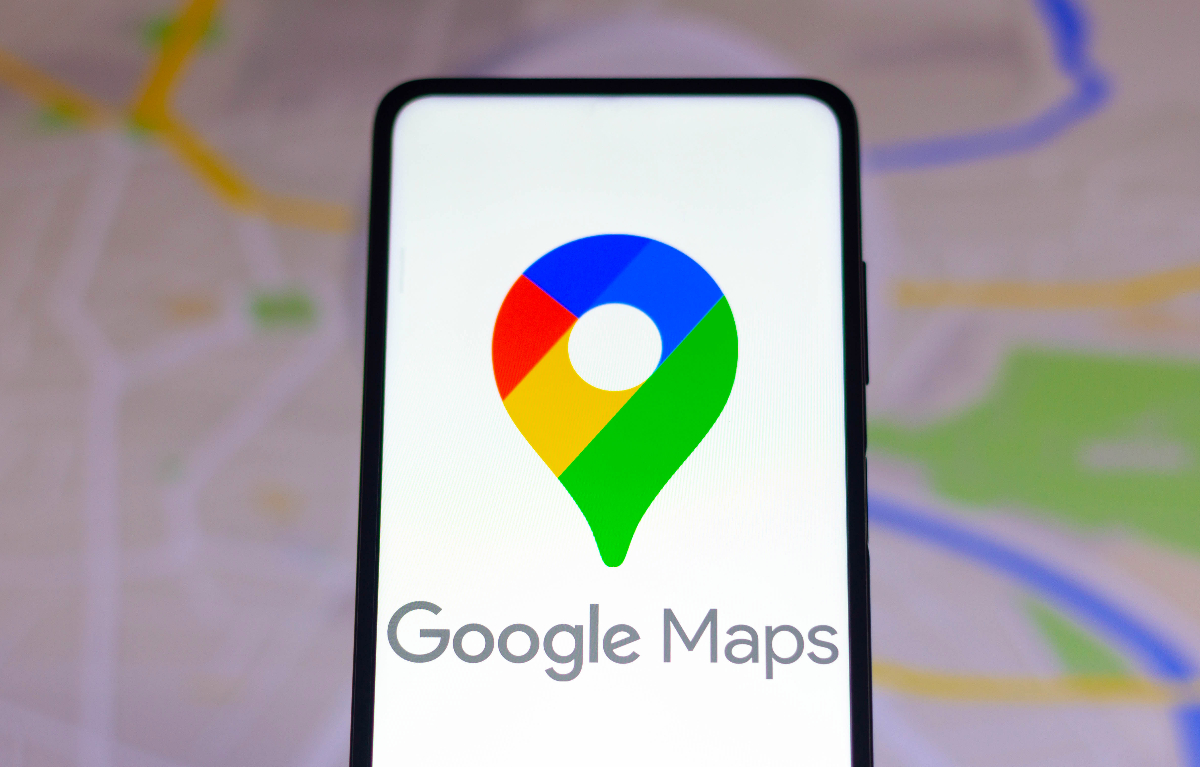











_KristofferTripplaar_Alamy_.jpg?width=1280&auto=webp&quality=80&disable=upscale#)















































































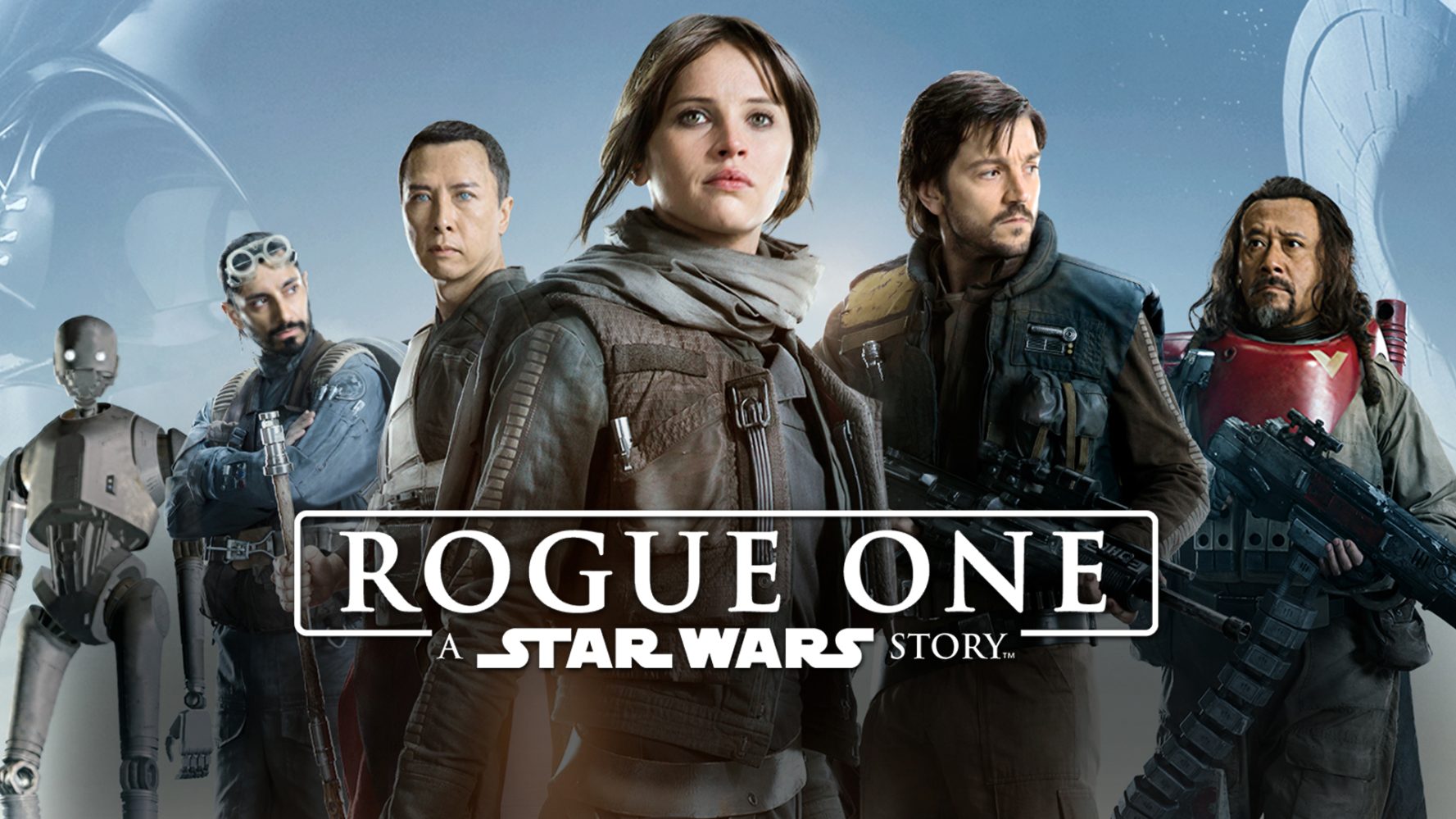



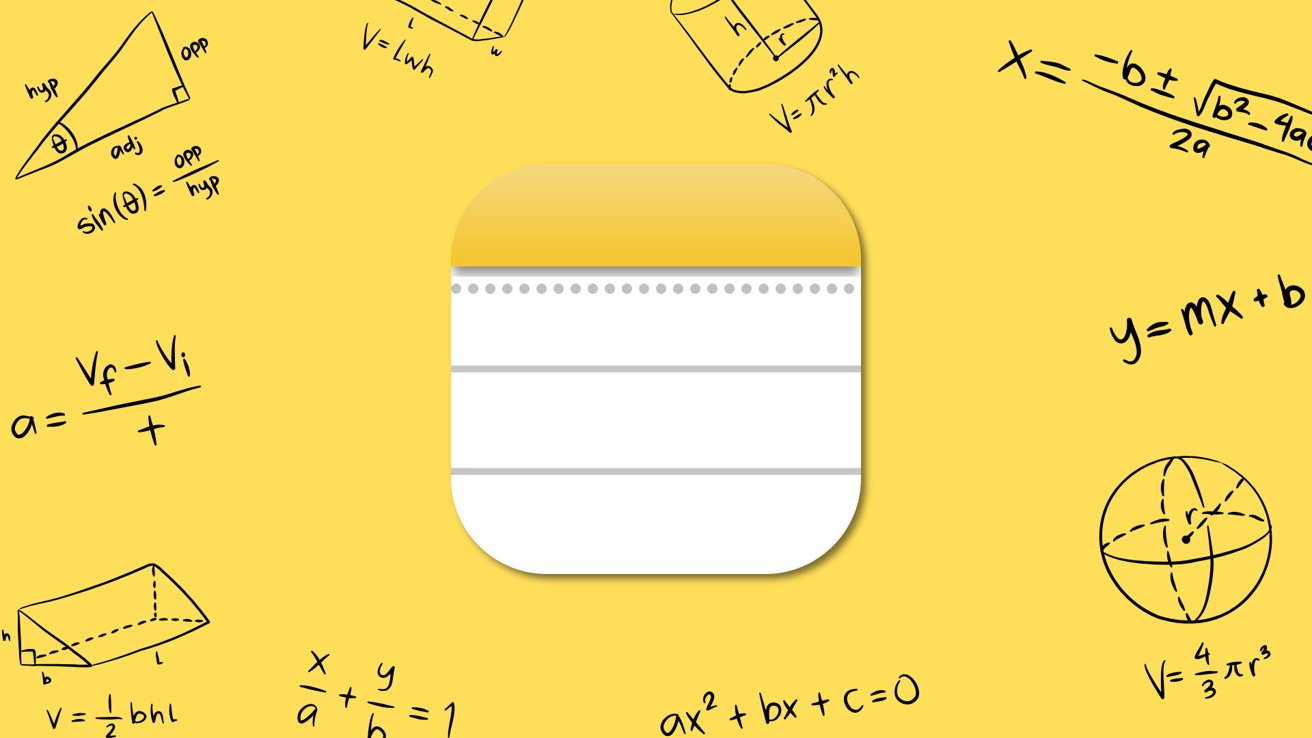
-xl.jpg)

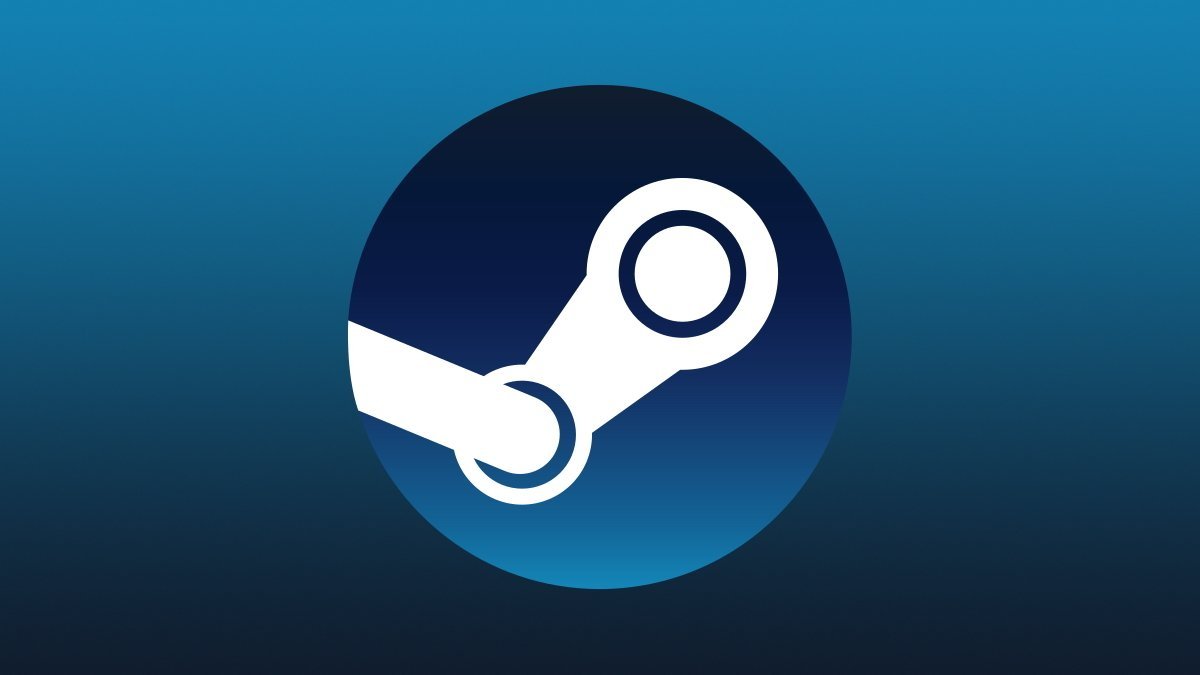


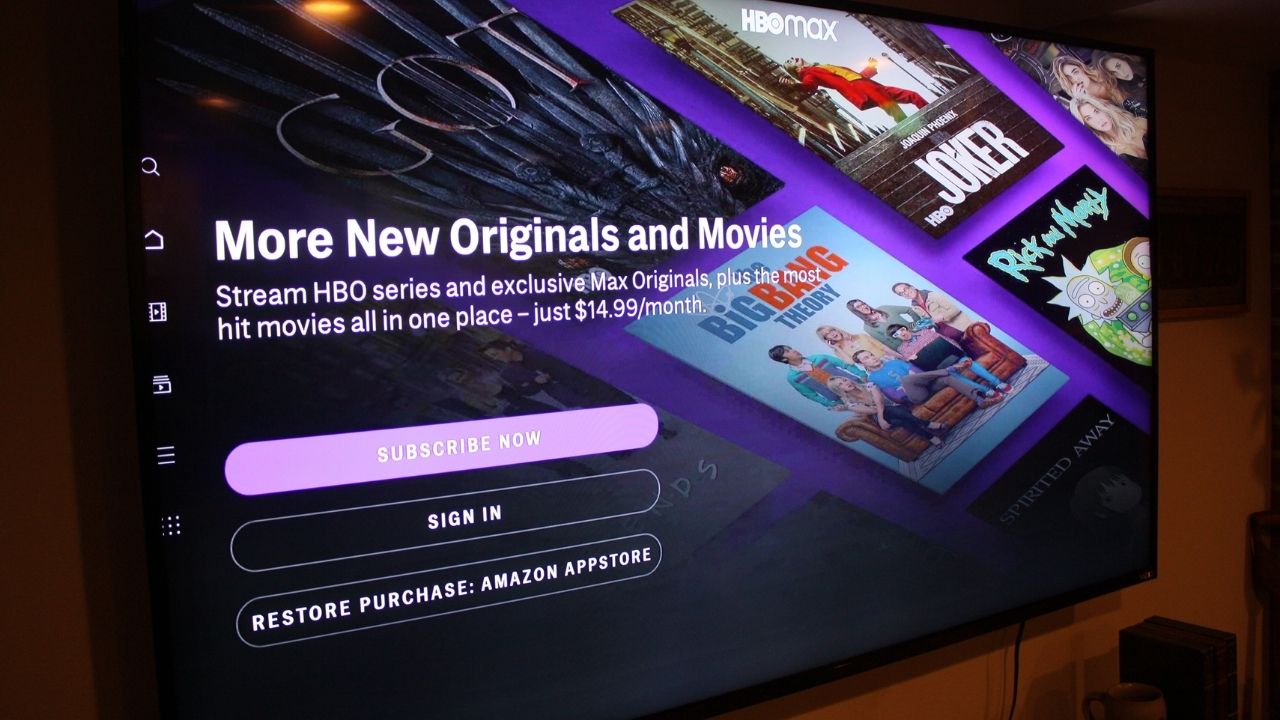

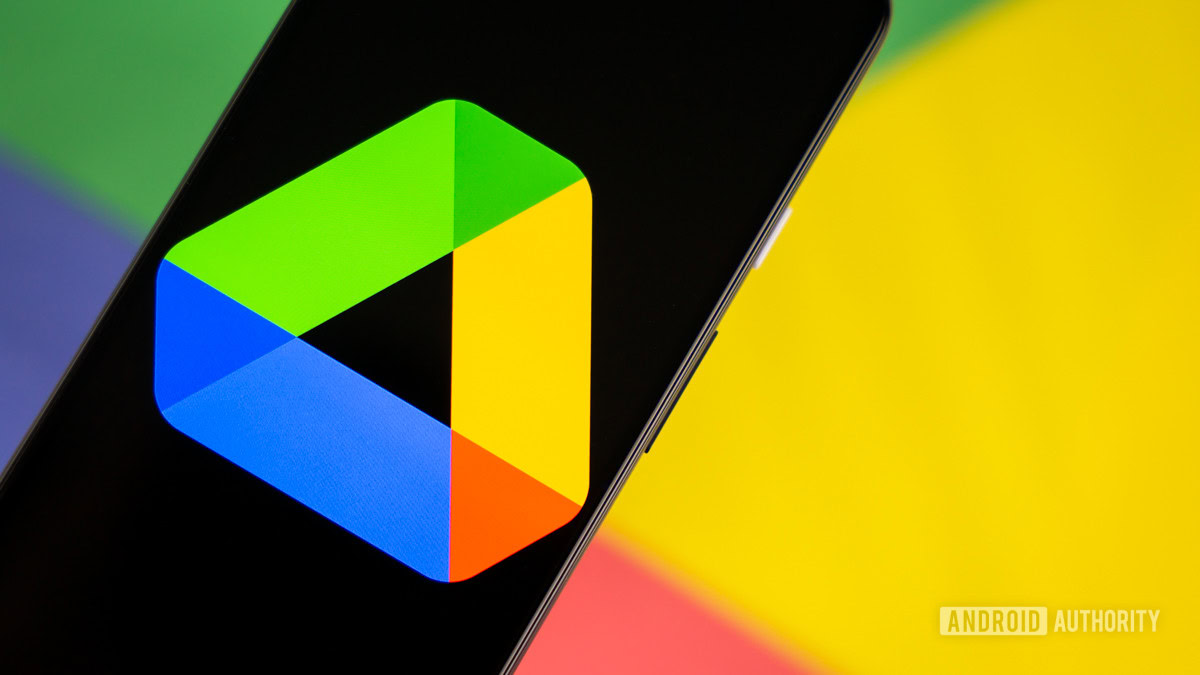




![SoundCloud latest company to hit trouble with AI clause in T&Cs [U]](https://i0.wp.com/9to5mac.com/wp-content/uploads/sites/6/2025/05/SoundCloud-latest-company-to-hit-trouble-with-AI-clause-in-TCs.jpg?resize=1200%2C628&quality=82&strip=all&ssl=1)


















![Vision Pro May Soon Let You Scroll With Your Eyes [Report]](https://www.iclarified.com/images/news/97324/97324/97324-640.jpg)
![Apple's 20th Anniversary iPhone May Feature Bezel-Free Display, AI Memory, Silicon Anode Battery [Report]](https://www.iclarified.com/images/news/97323/97323/97323-640.jpg)



















